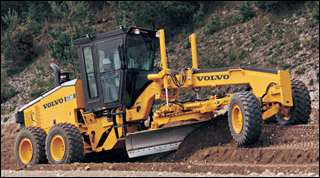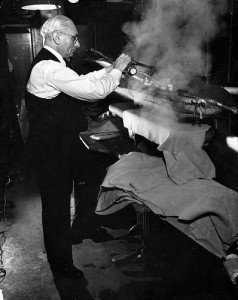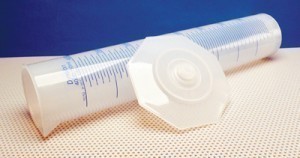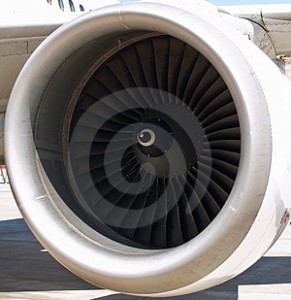Grader Dimensions
The grader (motor grader, maintainer, or road grader) is a  type of heavy machine used to produce a smooth, even surface. These machines are used for maintenance work. They will even out the surface before asphalt is set down.
type of heavy machine used to produce a smooth, even surface. These machines are used for maintenance work. They will even out the surface before asphalt is set down.
Grader Dimensions
Manufacturers have developed graders of all shapes and sizes. The Champion 720, 740 and 780 models are full sized, weighing 33,000, 36,000 and 47,000 pounds. The 720 models make use of the Cummins C8.3 engine, while others use the Cummins M11 engine. The 780A model is equipped with a 14 ft blade and 9'2" wide wheel tracks.
The Clark Model 501S weighs 2,000 lbs. The engine is either the Detroit 6V-71N or Cummins (Vt-555). The blades measure 13’ or 14’.
The Fiatallis grader weighs 31,000 lbs and is fitted with a 12 ft blade. It may also be equipped with 13 or 14 ft blades. The JD770 grader by the John Deere Company weighs 33,000 lbs. The horsepower ranges from 150 to 200 hp.
Other Information about Graders
Depending on the grader dimensions and specifications, it may be used in other ways. Some graders can be used for moving and spreading earth. They are also utilized for removing snow and other debris.
Components may be attached to the grader, enabling it to do other things. Properly equipped, it can dig holes. Fitted with an elevating conveyor, it will gather loose material and place them in a hauling container.
Moldboard
Motor graders are fitted with a blade called the moldboard. Sizes range from 10 to 16 feet (3 to 4.9 m). However larger graders have 24 ft wide moldboards installed. The size of the moldboard depends on the task at hand. The biggest ever made is 33 feet wide.
Frames
Graders use either an articulated or rigid frame. Newer models use the articulated frames because it is more flexible. However, there are still some rigid framed graders used today.
Articulation Joints
The joint can be in front or behind the cab. The behind-the-cab configuration gives the operator a clearer view. However, others put the articulation joint in front. The argument here is that it allows the operator to know the location of the grader’s front half relative to the rear.
The grader dimensions specified here are not fixed. That is, their manufacturers may change some components anytime. Given the competition in the industry, it is very likely new models will now come out more frequently.





